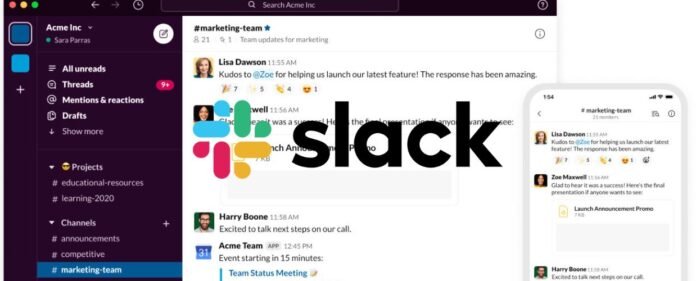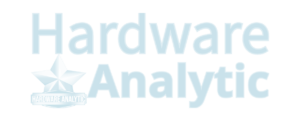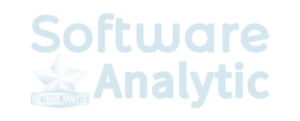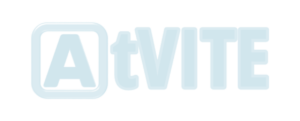Slack is a cloud-based team communication and collaboration platform allowing teams to share and collaborate in real time. This article discusses Slack user reviews, features, benefits, limitations, and alternatives.
What is Slack?
Slack is a cloud-based messaging and cooperation platform designed for teams and organizations. It provides a modern communication interface that combines discussion, audio and video calls, file sharing, and integrations with other tools and services. It permits teams to communicate and collaborate in real-time, share information and files, and manage projects and workflows more efficiently and organizationally.
It provides several features that make it a popular team communication tool. For example, it allows users to create channels for specific projects, departments, or topics, which can be public or private. It also provides a search function allowing users to quickly find past conversations, files, or messages. It integrates with various third-party applications and services, such as Google Drive, Dropbox, Trello, and GitHub, allowing teams to share files and collaborate on projects easily.
User review of Slack
The cloud solution receives mostly positive reviews from several user review sites. Users at G2 rate Slack at 4.5 out of 5.0, and users at Software devices rate them at 4.6 out of 5.0.
Feature of Slack
Some features of Slack are given below:
Channels
The cloud-based software lets users create channels for specific projects, teams, or topics. This feature allows team members to communicate and collaborate in an organized and focused manner. Channels can be public, allowing all team members to join, or private, requiring an invitation to join. Users can also enter and leave channels as needed and search for channels based on keywords or topics.
Messaging
It provides a modern chat interface that allows team partners to send messages, share files, and collaborate in real-time. Users can also send immediate messages to someone or groups and mention other users to get their attention or notify them of important messages. Messaging in It is also searchable, allowing users to find previous conversations and files.
Integrations
Slack integrates with various third-party applications and services, allowing teams to easily share files and collaborate on projects without leaving the platform. For example, users can integrate Google Drive or Dropbox to share files, Trello or Asana to manage tasks, or GitHub to collaborate on code.
Notifications
It provides customizable notifications that can be tailored to individual preferences. Users can select to receive messages for specific channels, keywords, or activities and choose how they receive notifications (such as via email or mobile push notifications).
Benefits of Slack
Some benefits of Slack are given below:
Improved Communication
It provides a modern messaging interface that enables teams to communicate in real time, improving communication and collaboration. It lets teams stay connected and informed with channels, direct messaging, and customizable notifications.
Increased Productivity
Slack integrates with various tools and services, allowing teams to easily share files, collaborate on projects, and manage tasks without leaving the platform. This integration saves time and effort and helps teams stay focused and productive.
Better Collaboration
Its channels feature allows teams to collaborate on specific projects, departments, or topics, making organizing conversations, sharing files, and tracking progress easier. It also enables users to collaborate with external stakeholders like clients and vendors.
Secure and Reliable
The cloud solution provides end-to-end encryption and secure data storage, protecting data and communications. Its cloud-based platform is also reliable, ensuring that teams can stay connected and productive even during periods of high usage.
Limitations of Slack
Some limitations of Slack are given below:
Cost
Although Slack offers a free version with basic features, it can be limited to larger teams or organizations. To access advanced features, integrations, and additional storage, users need to upgrade to paid plans, which can be expensive for small or mid-sized businesses.
Information Overload
Its real-time messaging and notifications can sometimes create information overload and distraction, reducing productivity. With constant notifications, team members may struggle to focus on their work, leading to interruptions and difficulty prioritizing tasks.
Learning Curve
Slack’s interface and functionality can be overwhelming for some users, especially those unfamiliar with instant messaging or team collaboration tools. Teams may need to invest time in training and supporting users to ensure they can effectively use their full potential.
Dependence on the Internet
It is a cloud-based platform that requires a stable internet connection to work effectively. In areas with sluggish or unreliable internet connections or during network outages, teams may experience difficulty accessing or using, leading to interruptions or delays in communication and collaboration.
Alternatives of Slack
Several alternatives to Slack offer similar services and features. Evaluating each alternative based on your needs and requirements is important to determine the best solution for you.
Some popular alternative solutions to Slack include Zoho Sprints, Lumeer, FunctionFox, BuildTools, Owner Insite, Box, Dovico, Basecamp, Liquidplanner, and Trello.
Conclusions
Slack is a famous team contact and collaboration tool offering various features and benefits to improve productivity and streamline workflow. Its real-time messaging, channels, and integrations with other tools make it a valuable platform for teams of all sizes and industries. Despite these limitations, It remains a popular choice for groups looking to enhance their communication and collaboration, and by understanding its strengths and weaknesses, teams can maximize its benefits while minimizing its risks.


